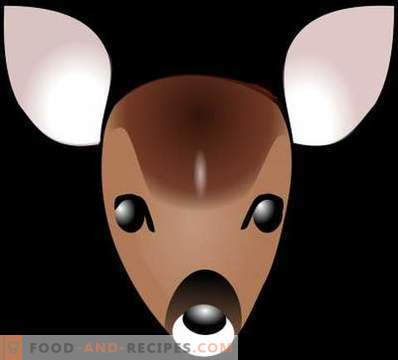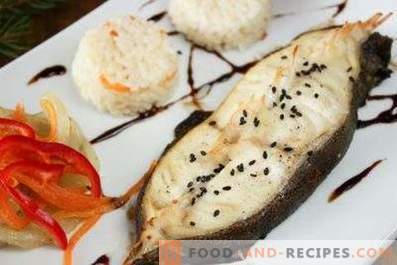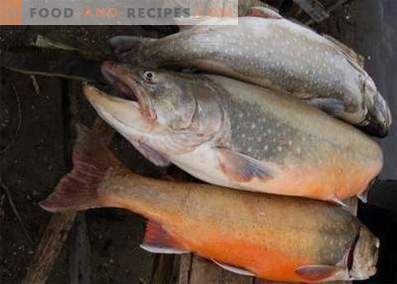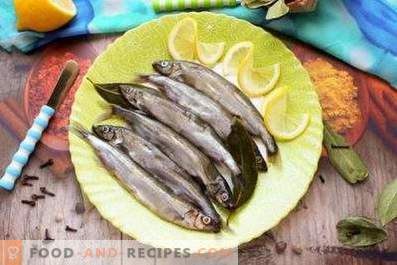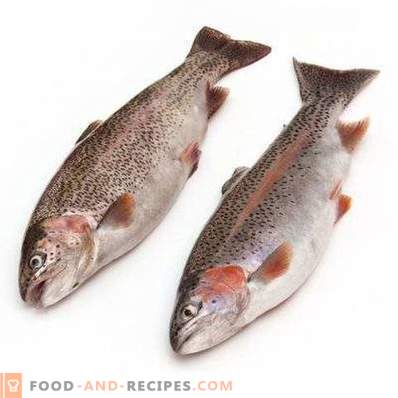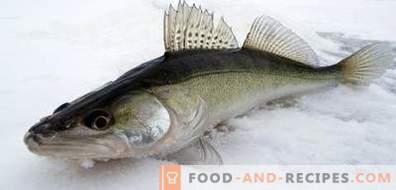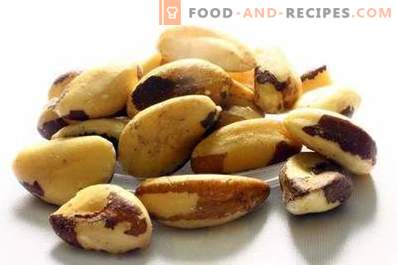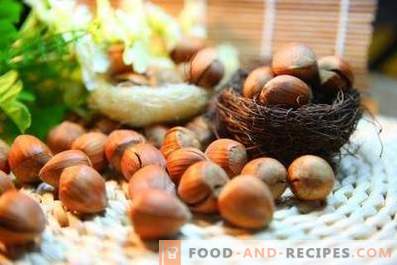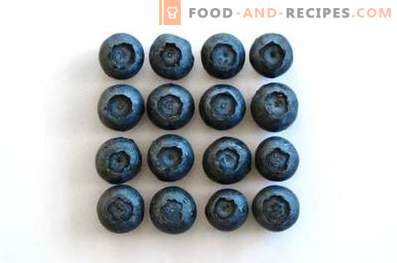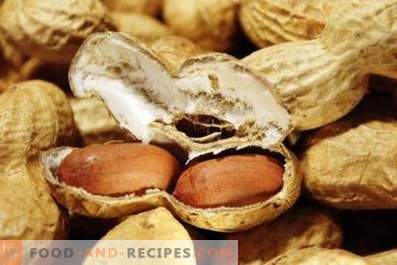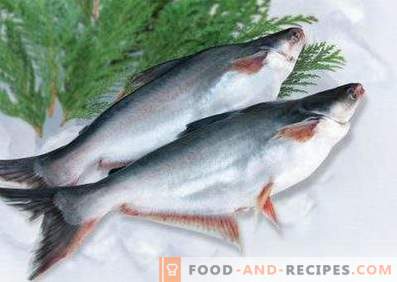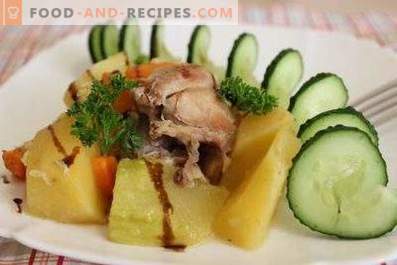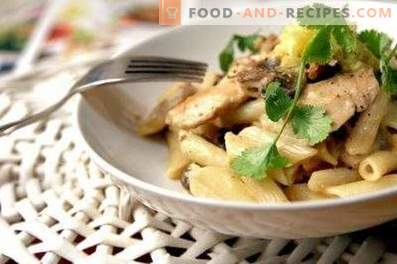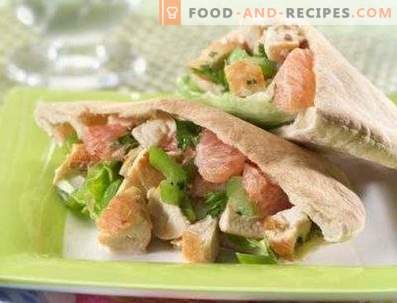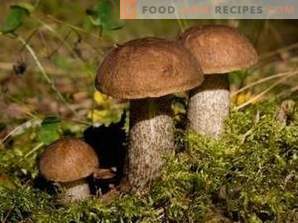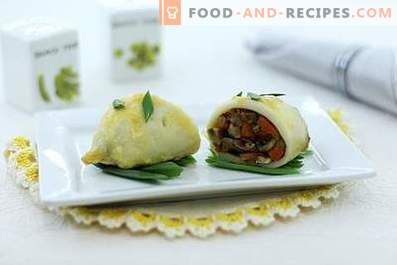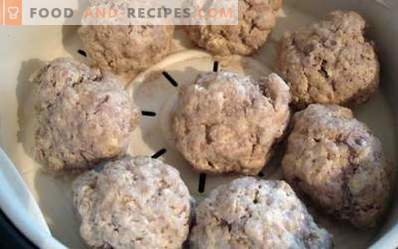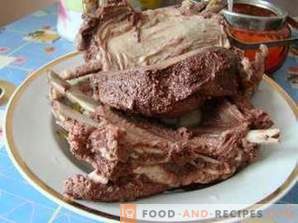
A moose is a hoofed animal belonging to the Deer family. The natural habitat of this species is the forest and forest-steppe zone of the Northern Hemisphere. Elks have a massive body, covered with dark brown stiff hair, high withers, long thin legs, and a hook-shaped head with a fleshy sagging upper lip. Males wear large shovel horns, females are hornless.
Dark red muscular meat of elk, intended for human consumption, is called elk meat. By its organoleptic properties, it resembles veal or beef, and to taste - lamb. The main difference between moose meat and livestock meat is increased rigidity and the presence of the characteristic smell of game. For this reason, before cooking, it is marinated or soaked in water.
A lot of nutritious and tasty dishes are cooked from pre-prepared moose meat. Meat is fried, boiled, stewed, baked on the grill and in the oven in foil. In addition, it is used for cooking fragrant rich broth, kebab, minced meatballs, dumplings, smoked sausages and canned food.
Nutritional value of moose meat and vitamins in its composition
Nutritional value of moose meat (per 100 g):
- 21, 857 g of proteins;
- 2, 612 g of fat;
- 73, 209 g of water;
- 1, 276 g of ash;
- 0, 021 g of omega-3 fatty acids;
- 0, 092 g of omega-6 fatty acids.
Vitamins in the composition of elk meat (per 100 g):
- thiamine, B1 - 0, 173 mg;
- tocopherol equivalent, E - 0, 538 mg;
- pyridoxine, B6 - 0, 459 mg;
- cobalamin, B12 - 1, 462 µg;
- Niacin equivalent, PP - 7, 149 mg;
- riboflavin, B2 - 0, 461 mg;
- folate, B9 - 8, 714 mkg;
- pantothenic acid, B5 - 1, 217 mg.
Elk calories
Calorie moose depends on which part of the animal carcass meat was obtained. On average, it is 112 kcal per 100 g. More detailed data on the energy value of moose meat dishes are presented in the table.
Calorie dishes of elk meat, kcal per 100 g:
- fried meat - 168, 207;
- boiled elk - 112, 344;
- elk meat baked in the oven or on the grill - 113, 406;
- elk broth - 37, 892;
- moose burgers - 144, 218;
- elk stew - 109, 294;
- moose meat dumplings - 264, 112.
The caloric value of 100 g barbecue moose is 124, 503 kcal.
Useful items in moose meat
Trace elements in 100 g of moose meat:
- iron - 4, 073 mg;
- manganese - 0, 014 mg;
- copper - 220, 764 mkg;
- iodine - 6, 921 mkg;
- selenium - 14, 284 mkg;
- zinc - 5, 712 mg.
Macroelements consisting of 100 g of elk meat:
- potassium - 391, 859 mg;
- magnesium - 27, 057 mg;
- sodium - 50, 414 mg;
- phosphorus - 266, 701 mg;
- calcium - 4, 893 mg.
Useful properties of moose
- Elk meat is a low-fat diet product. Persons suffering from obesity and seeking to get rid of extra pounds, can safely complement their diet.
- Elk meat is a rich source of protein. Dishes from it are useful to people who regularly experience increased physical exertion.
- The consumption of elk meat has a positive effect on the work of the brain, improves memory.
- Vitamins of group B, which saturates the body when eating moose dishes, provide a normal flow of metabolic processes, accelerate the metabolism.
- Elk meat contains a complex of compounds that positively affect the functioning of the nervous system. People, including it in the diet once every 8-10 days, tolerate stress more easily, less often fall into depressive states, sleep well.
- There are substances in elk meat that strengthen the myocardium and vascular walls, prevent blood clots, and accelerate the removal of excess cholesterol from the body. Regular inclusion of dishes based on it in the menu helps to reduce the risk of developing heart disease.
- Vitamin E and other antioxidant compounds contained in elk meat protect cells from damage by free radicals, slow down body aging, increase skin elasticity and prevent wrinkles. Nutrients in this group reduce the risk of cancer.
- Elk meat is a rich source of iron and other substances that contribute to the production of hemoglobin, which have a positive effect on the work of the hematopoietic system. People from time to time including in their diet dishes from this meat, are less likely to experience manifestations of anemia.
- It has been proven that there are compounds in moose meat that are able to regulate blood sugar levels.
- Elk meat is a natural source of calcium, phosphorus and other bone-strengthening substances. Nutritionists recommend people recovering from fractures, suffering from dental diseases, prone to developing osteoporosis or other bone diseases, at least once every 6-8 days to include it in the diet.
- The compounds present in the composition of elk meat have a positive effect on the work of the urogenital and reproductive systems. Regular consumption of elk meat helps men increase potency, improve the composition of the ejaculate and reduce the risk of infertility, and women - to ease the unpleasant symptoms of menopause.
- Vitamins and other nutrients contained in elk help the body to recover from increased stress, prolonged illness, and surgeries.
- Useful compounds present in the composition of elk, improve the condition of hair and nails, accelerate their growth.
Damage to moose and contraindications to its consumption
- Elk meat is a potential allergen. People who are allergic to meat products, should abandon the consumption of dishes prepared from it.
- Elks are wild animals that grow in their natural environment without vaccinations and minimal sanitary care. Representatives of this type very often become carriers of various diseases: encephalitis, salmonellosis, helminth infections and so on. Given this, it is necessary to subject the loot meat to thorough heat and cooking, timely disinfect the dishes used in cooking meat dishes.
- Nutritionists recommend eliminating moose meat from the diet of pregnant women, young children and breastfeeding mothers.
- In the diet of wild elk marsh and aquatic plants prevail. Their regular consumption leads to the accumulation of cadmium in the internal organs of the animal. For this reason, consuming the kidney, heart, or liver of an old moose (older than 5-7 years) can cause irreparable harm to the human body.
- Abuse of lacquer leads to an increase in the concentration of uric acid in the body and, consequently, to the development of gout, osteochondrosis and other articular pathologies.
